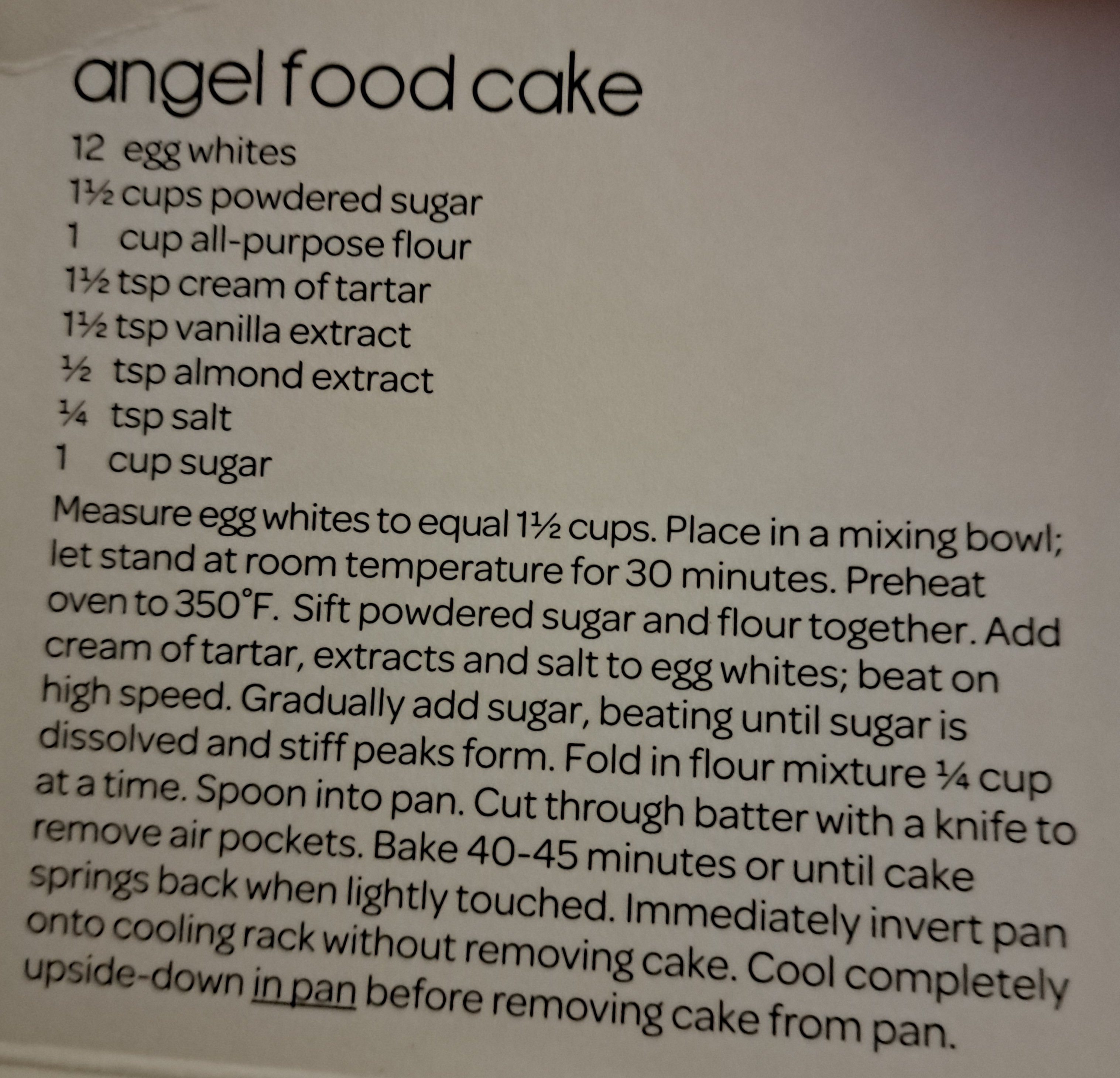Following up on the “Baking in the American South” post, I picked up some Nordic Ware pans today for bundt cakes and pound cakes.
Included was a Angel Food cake recipe requiring 12 egg WHITES.

I have no problem separating, but it seems a waste of a DOZEN egg yolks.
Any ideas on what to put them in?
I guess I could make the egg sauce bottle here, but I’d have to buy a Sou Vide machine. :(


Here’s quindim, a dessert:
Since the assemblage is tricky to explain, I’m also including a drawing:
The rag is not strictly obligatory but it prevents the moulds from wobbling back and forth.
Further info on this dish: that’s a recipe from Northeastern Brazil, originated in colonial times. Back then nuns used egg whites to starch their robes, following what was customary in Portugal, so they were left with a buttload of leftover yolks. One of the ways that they found to use them is to mix with sugar (widely available there, as the region was basically settled for sugar cane farming) and coconut (also widely available there). The name is a borrowing from Kikongo “di-kende”, basically “the girls’ way”.
Nowadays it’s available across the whole country and I wouldn’t be surprised if it made its way back into Portugal. Most people don’t prepare it at home, since it’s often sold in bakeries.
So… this is why I’m here. This just hit my list of things that I absolutely must try.
Oh my